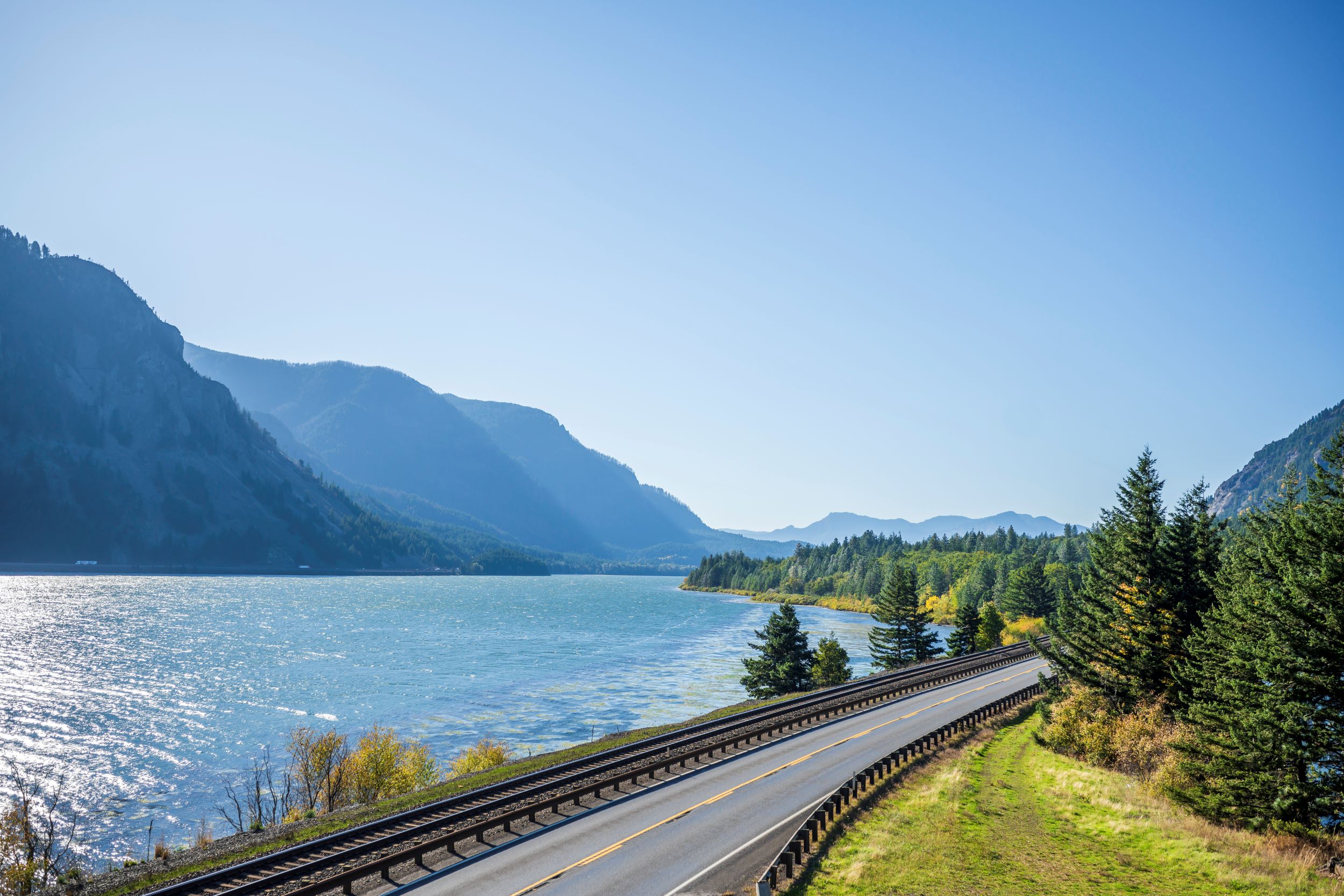This time of year, “trees” are on many people’s minds… Christmas trees that is!
But what about the trees out in your yard and (especially) the ones near your house? No, we are not talking about how to get the lights up there, but rather, about how to keep those trees from coming down in the next windstorm.
Take some time to take a closer look at the large trees on your property, and check them top to bottom for warning signs of poor tree health.
– Mushrooms around the base of the tree or on the trunk can be an indicator of rot or disease.
– Watch out for cracks in the base of the tree or in the soil around the tree, or for mounding of soil around the tree. These may be indicators of broken or damaged roots that may cause the tree to begin leaning. (If the tree is already leaning, it is high time to call a specialist!)
– Check for rot, cankers, cracks or splits, or other wounds on the tree trunk. These defects are harmful for the tree and can weaken it.
– Trees with forked trunks or two tops can be more susceptible to breaking and faling in a storm.
– Prune and/or cut dead and diseased wood as well as crossing and rubbing branches. This will keep your tree healthy.
– Be aware of dead or dying branches: Especially in winter, the weight of ice and snow can cause them to fail.
– If you have a dead tree or snag on your property, it may be safer to remove it even if it’s still holding up. Dead trees are structurally unstable and are a safety hazard.
– Also, check the drainage on your property. Very wet soil may have an impact on your tree’s stability, and may also cause a variety of other problems such as root rot and decay.
– If you live in a fairly new development, the land may have been cleared of trees. Trees that may have been protected by denser woods may now be free-standing and be more susceptible to disease.
If you have concerns about the trees on your property, it may be time to hire a professional arborist. The International Society of Arboriculture provides a great referral service for any tree-related services you may need, ranging from diagnosis and consulting, to risk assessment, pruning or removal.
By the way: If a tree falls due to a windstorm or due to the weight of ice and snow, your homeowner’s insurance will provide coverage to remove the tree and fix the damage if there has been damage to your home. However, if there is no damage to your home, your insurance will not pay for tree-removal services. For more information about trees and your homeowner’s insurance, please click here.

